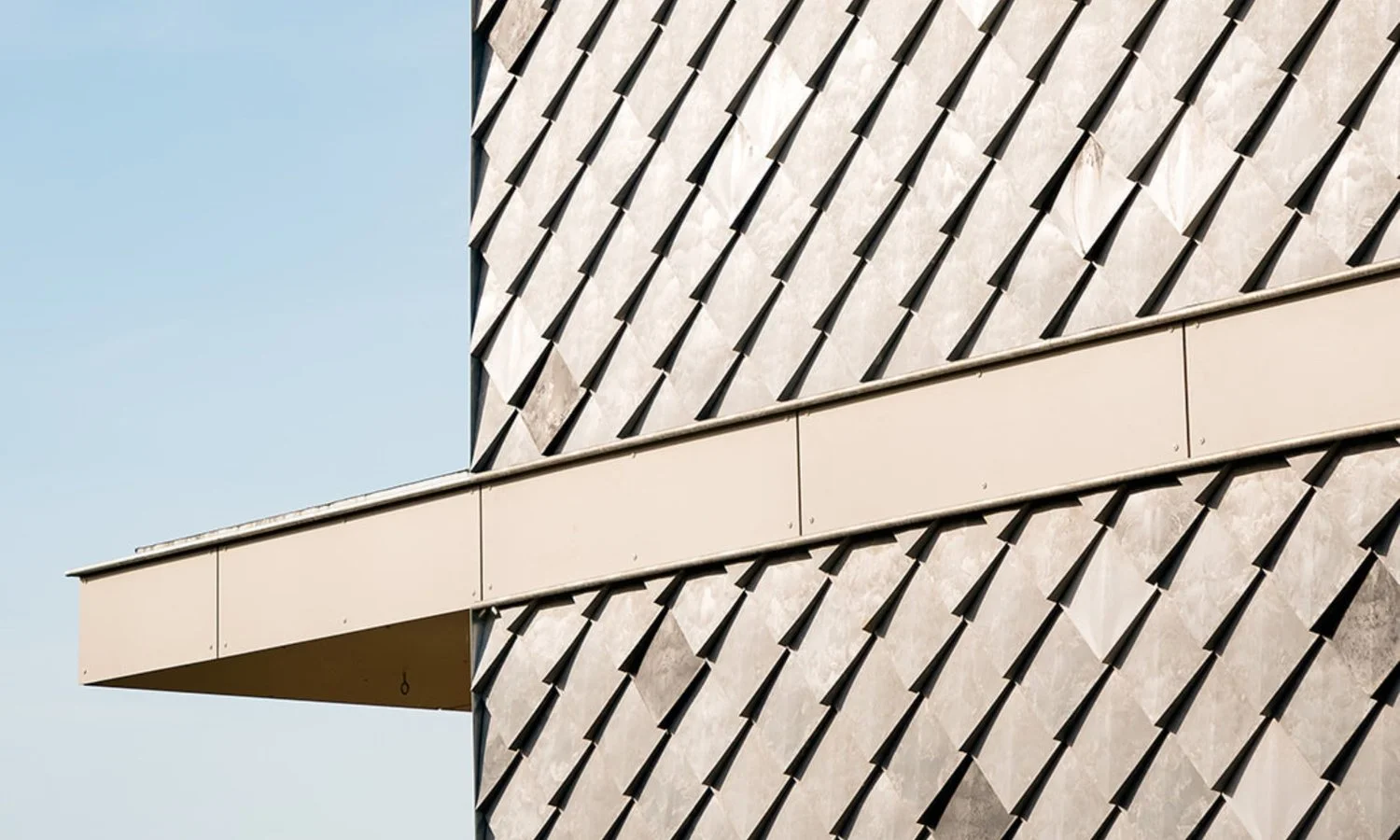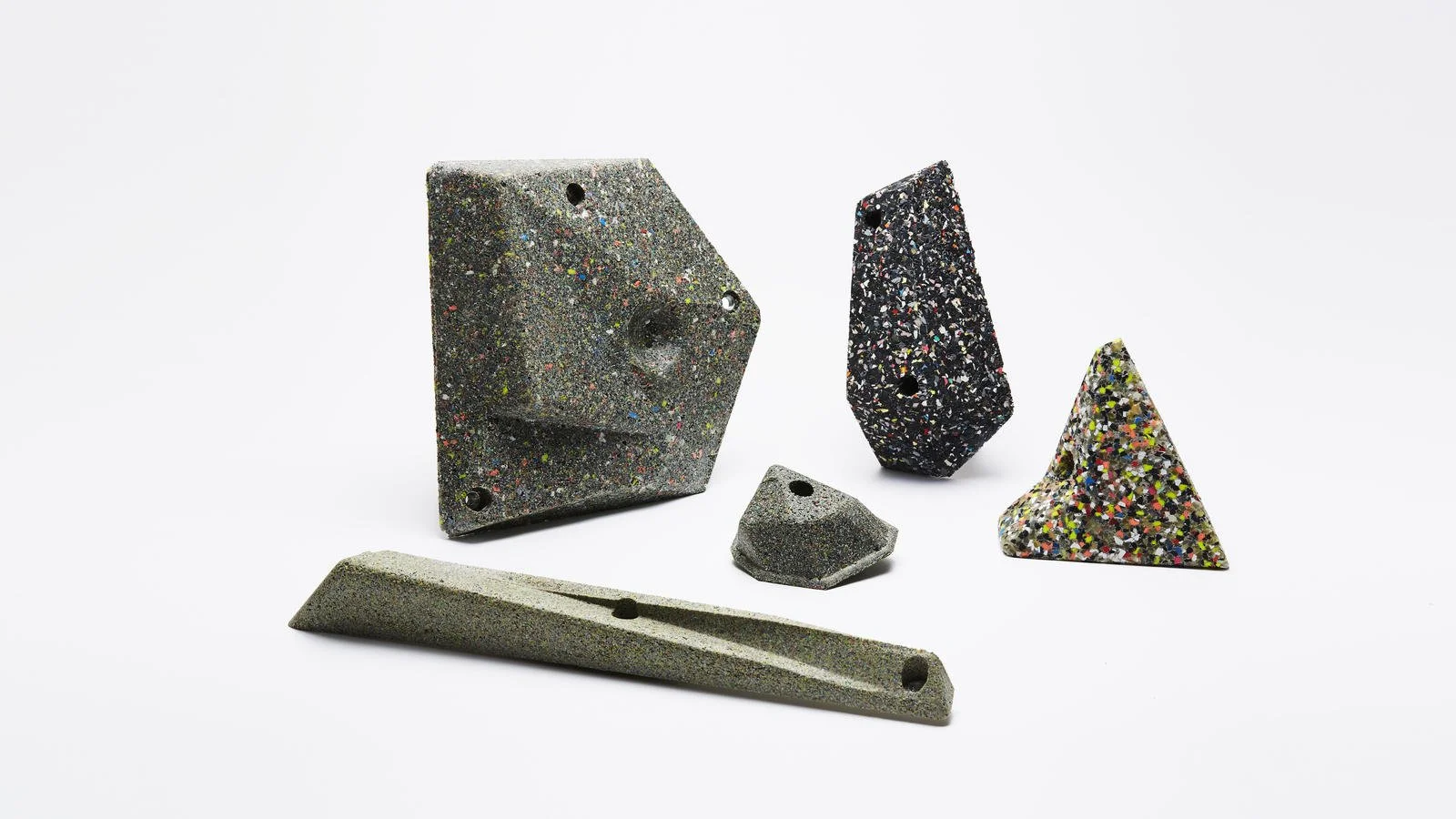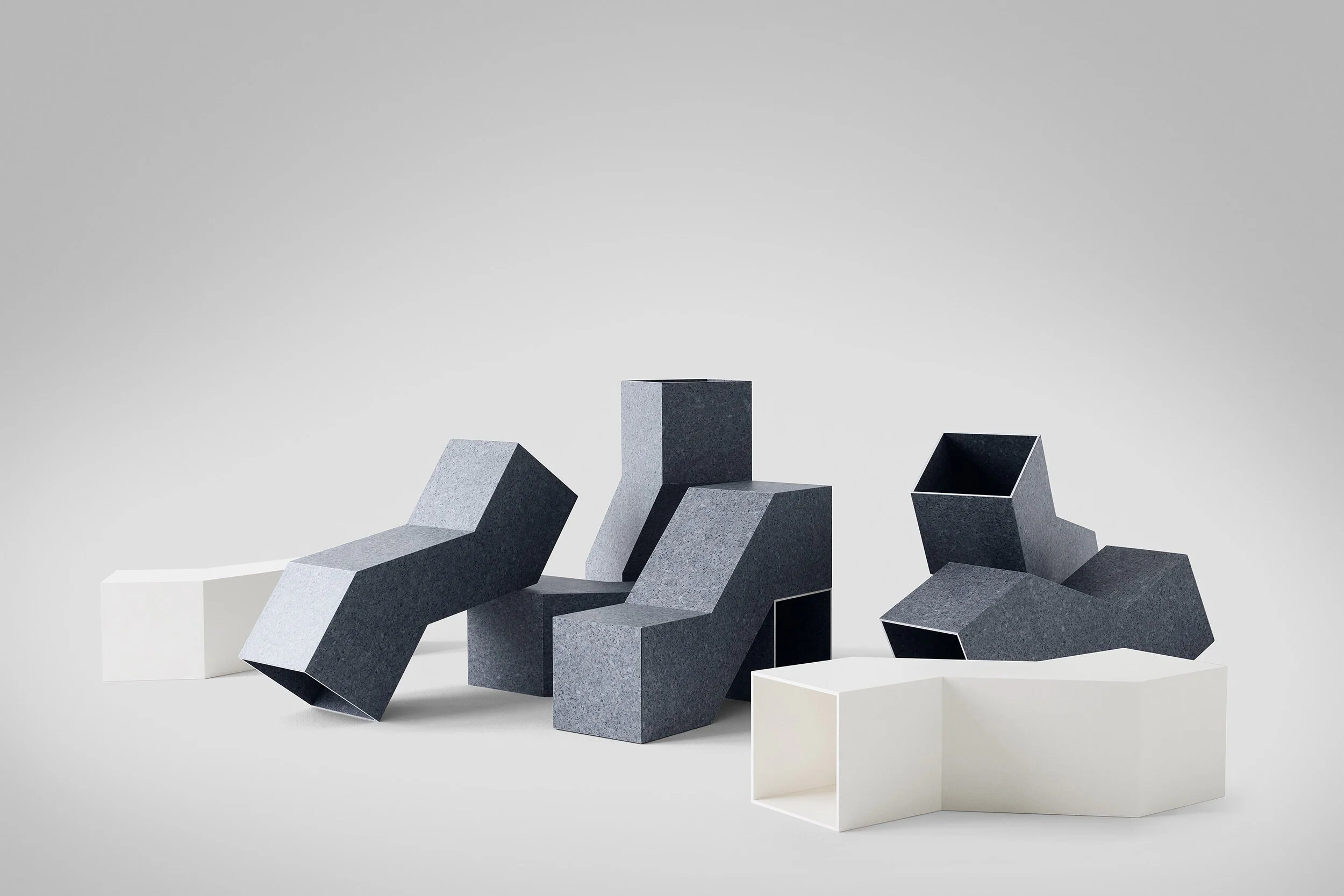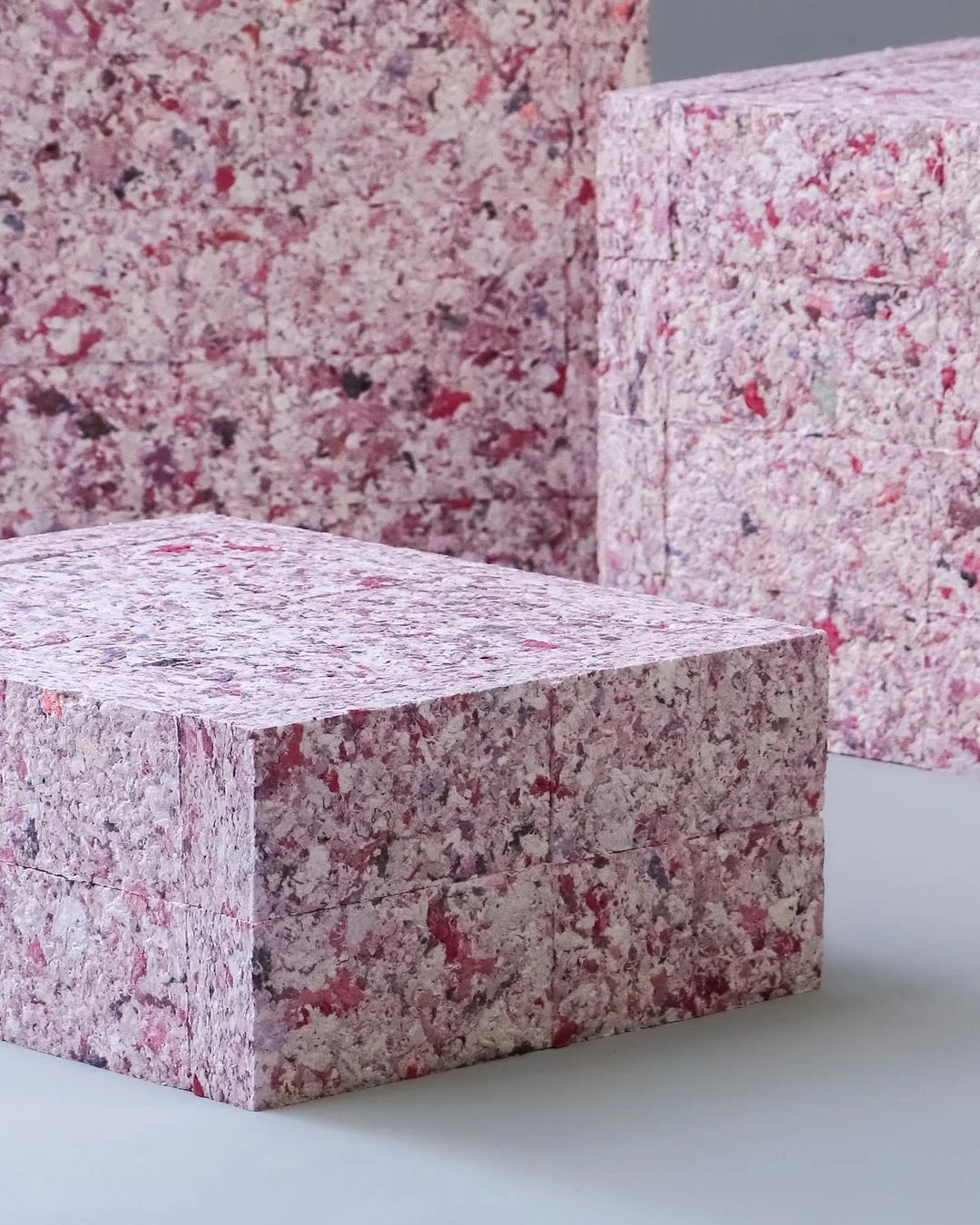Lifecycle-Centric Products
Designing for Tomorrow: Products That Think Beyond the Shelf
In the realm of sustainable design, the concept of a 'product' is undergoing a radical transformation. No longer just an end result, products in circular design are conceived with their entire lifecycle in mind. But what does this mean in practice, and how is it reshaping our approach to creation and consumption?
Understanding Lifecycle-Centric Products
Lifecycle-centric products are those designed with consideration for every stage of their existence—from raw material extraction to manufacturing, use, and eventually, reuse or recycling. This approach moves beyond the traditional 'cradle-to-grave' model towards a 'cradle-to-cradle' philosophy.
Why Lifecycle-Centric Design Matters
Resource Efficiency: Products designed for their full lifecycle optimise resource use and minimise waste.
Extended Lifespan: These products are often more durable, repairable, and adaptable, lasting longer than traditional alternatives.
End-of-Life Solutions: Consideration for a product's end-of-life leads to easier recycling, refurbishment, or biodegradation.
Economic Benefits: Lifecycle-centric products can create new business models around repair, upgrade, and take-back schemes.
Consumer Awareness: These products educate consumers about sustainability and encourage more conscious consumption.
Lifecycle-Centric Products Across Industries
This approach is transforming various sectors:
Electronics: Modular smartphones designed for easy repair and component upgrades.
Furniture: Pieces created from recyclable materials, designed for disassembly and material recovery.
Fashion: Clothing designed for longevity, with repair services and take-back programmes integrated into the business model.
The Future of Lifecycle-Centric Products
As we move towards a more circular economy, lifecycle-centric products will become the norm rather than the exception. We can expect to see more products designed as 'material banks' for future use, and business models shifting from selling products to providing services.
Emerging technologies like the Internet of Things (IoT) and blockchain may enable products to track their own usage and condition, facilitating timely maintenance and optimal recycling.
Call to Action
Are you a designer, manufacturer, or conscious consumer? Start by considering the full lifecycle of the products you create or purchase. How could they be designed or chosen for longevity, repairability, and eventual recycling or biodegradation? Join the NU Design Spaces community to connect with experts in lifecycle-centric design, access resources, and share your ideas. Together, we can reshape our relationship with products and build a more sustainable, circular future.






